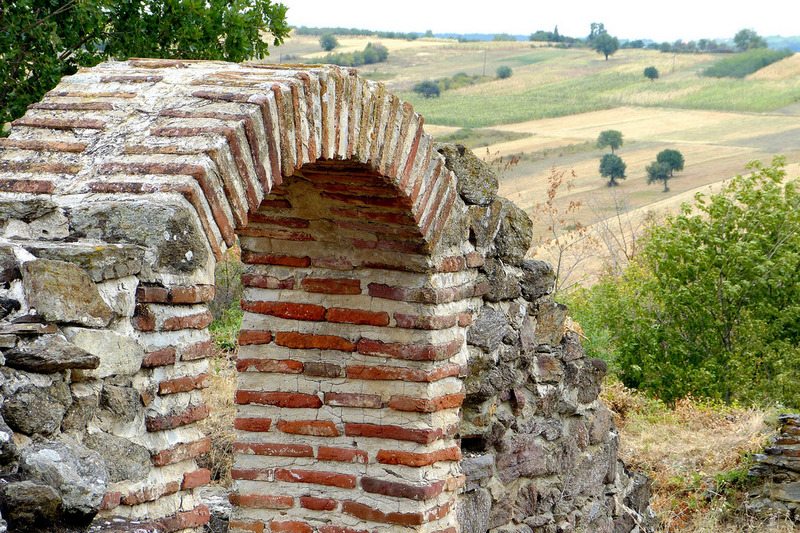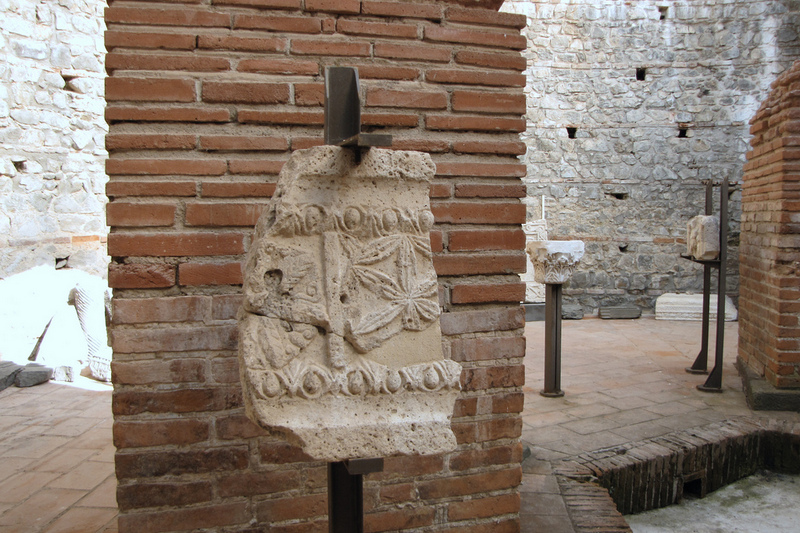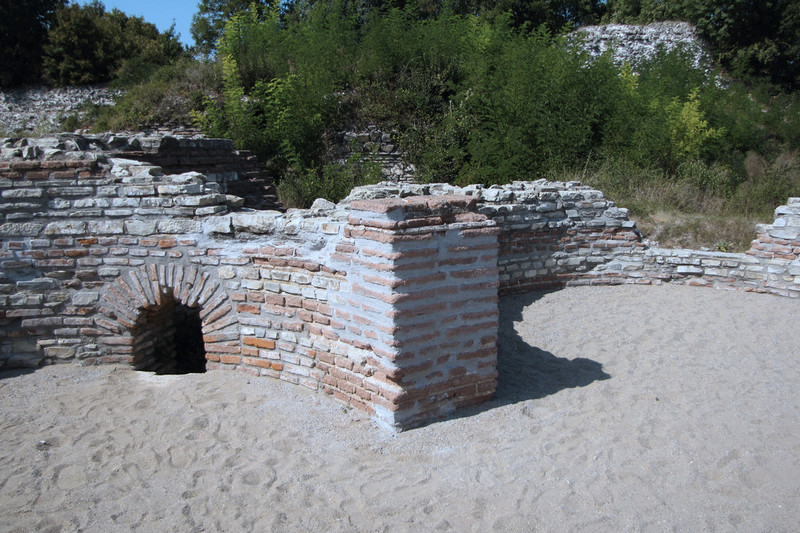

Archaeological sites IN SERBIA
Archaeological sites in the country reveal that Serbia was once the home of ancient civilizations, the birthplace of 16 roman emperors, and briefly even hosted the capital of Eastern Roman Empire..
Archaeological sites IN SERBIA
Numerous archaeological sites can be found in modern day Serbia, for this region has always been a stage where history has played some of its most significant plays, today already myths and legends.
Lepenski Vir Lepenski Vir, a Paleolithic site on the banks of the Danube, is a proof that the local culture developed social relations, architecture and art more than six thousand years ago. Cultural center of prehistoric world was right here in what today is Serbia. The culture of Lepenski Vir is around 8,5 millennia old and it is a cradle of archaeological discoveries that have changed our knowledge about the early Stone Age in Europe. Lepenski Vir is one of the largest and most significant prehistoric archeological sites from the Stone Age.
Vinča The remains of the oldest Neolithic civilization in Europe lies in Vinča, on the right bank of the Danube, not far from downtown Belgrade. When the mighty Danube returned to its river bed a century ago, it revealed a great treasure. An old man named Panta from Vinča found a strange clay figurine at the river bank. This curious old man had never seen anything like it, so he took his figurine to the National Museum in Belgrade in order to find the explanation. He couldn’t have even imagined that in his hands he was holding a figurine that had been made by an early man in the late Stone Age.
The Drina river - For centuries a place where the East and the West clashed, today the unusually green, clear, winding and powerful Drina river carries the merriest regattas on its waves through exciting nature, for which it became the favorite destination of bohemians and adventurists Once it was an important battle site that divided the Eastern and the Western Roman Empire, later the Austro-Hungarian Empire and Serbia, and today the Drina is the border between Serbia and Bosnia and Herzegovina.
Felix Romuliana - The ancient imperial palace Felix Romuliana was located in today’s Eastern Serbia, and the remains of it’s gigantic towers and fortifications show the might of the Roman emperor Galerius, buried on the hill above it. The monumental imperial palace Felix Romuliana was created when the Roman Emperor Gaius Galerius Valerius Maximianus, in the late period of his reign, decided to withdraw to his birth place. Its remains were found in the archaeological site known also as Gamzigrad, near the city of Zaječar in Eastern Serbia.
Perućac lake - Perućac lake, created after the construction of the dam on the river Drina, is an ideal destination for relaxation in untouched nature or for a great fishing experience The artificial lake Perućac is located in Western Serbia, on the very border with Bosnia & Herzegovina, at the altitude of 290 meters. It was created by damming the flow of the Drina river and construction of the hydroelectric power plaint “Bajina Bašta”. The surface of the lake is 12 square kilometers while its depth reaches 60 meters.
Justiniana Prima - This Byzantine city of Justiniana prima, in Southern Serbia, was built by the Emperor Justinian I, who had also built the famous Church of the Holy Wisdom, later an imperial mosque, and now the Hagia Sophia museum in Istanbul. Justiniana Prima, or “Caričin grad” (eng. Empress’s town), one of the largest and most significant Byzantine cities in the Balkans from the 6th century, lies 7 kilometers from the town of Lebane in Southern Serbia.
source:serbia.com

 Photo credit:
Photo credit:  Photo credit:
Photo credit:  Photo credit:
Photo credit: